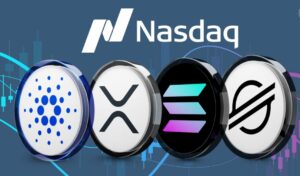
Cryptocurrency trading can be intimidating, especially if you’re just starting. One of the most important skills a trader can develop is the ability to place and manage orders effectively. Whether you’re buying your first Bitcoin or looking to implement a more complex strategy, Bitget orders give you the control you need to execute your trades.
In this guide, we will cover everything you need to know about Bitget orders, including how to place them, modify them, and manage your trades effectively. We’ll also explore Bitget transaction fees, Bitget trailing stop, and Bitget stop loss features to help you optimize your trading strategy.
What Is a Bitget Order?
Before diving into the types of Bitget orders, it’s important to understand the concept behind them. An order is simply a request made by the trader to buy or sell a cryptocurrency at a specific price or under specific conditions. Bitget offers a variety of orders to give traders flexibility, whether you’re looking to enter the market immediately or set a target price for future execution.
The most common Bitget orders are:
- Market Orders
- Limit Orders
- Stop-Loss Orders
- Trailing Stop Orders
- Take-Profit Orders
Each order type serves a unique purpose, depending on your trading strategy, risk tolerance, and goals.
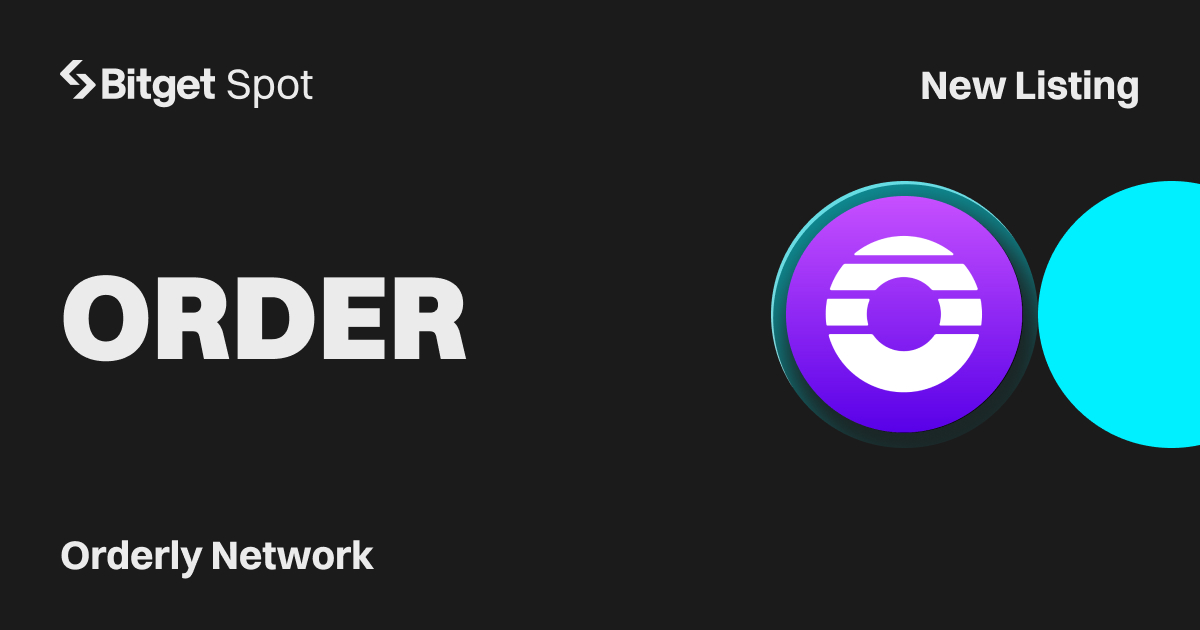
How to Place a Bitget Order: A Step-by-Step Example
Placing a Bitget order is simple, but the key to successful trading lies in understanding how to choose the right order type for your goals. Let’s walk through the process of placing a market order with an example.
Example: Placing a Market Order
Let’s say you’re interested in purchasing Bitcoin (BTC). You open your Bitget trading platform and decide to place a market order, which will execute at the current market price. Here’s how it works:
- Log into Bitget: Open the Bitget platform (either app or website) and log into your account.
- Select the Trading Pair: You choose the BTC/USDT trading pair (Bitcoin against Tether) since you want to buy Bitcoin with USDT.
- Choose Market Order: On the trading screen, you select the “Market” option.
- Enter the Amount: You decide to buy 0.5 BTC.
- Review and Confirm: You see that the current market price of Bitcoin is $40,000. Your market order is placed to buy 0.5 BTC at $40,000.
Since market orders are executed immediately, the order is completed quickly, and you now own 0.5 BTC worth $20,000 (0.5 x $40,000). The key advantage of this order type is the immediacy of execution.
Bitget Limit Orders: Targeting a Specific Price
A limit order is an order to buy or sell a cryptocurrency at a specific price or better. This allows you to set a target price for entry or exit, which provides more control over the price you pay or receive for the trade. The order only executes when the market reaches your specified price.
Example: Placing a Limit Order
Let’s say Bitcoin’s current price is $40,000, but you believe that a pullback could bring the price down to $39,500 before rising again. You want to enter the market at a lower price, so you place a limit buy order.
- Select Limit Order: You opt for the “Limit” option on Bitget.
- Set Your Price: You enter the price of $39,500 and specify the amount of Bitcoin you wish to buy, say 0.5 BTC.
- Order Confirmation: Your order is now placed, but it will only execute if the price of Bitcoin drops to $39,500 or lower.
If the price never reaches $39,500, your limit order will not be executed. Conversely, if Bitcoin drops to your target price, the order will automatically fill at or better than $39,500.
Tip: Limit orders are useful when you have a specific price target and don’t mind waiting for the market to reach it.
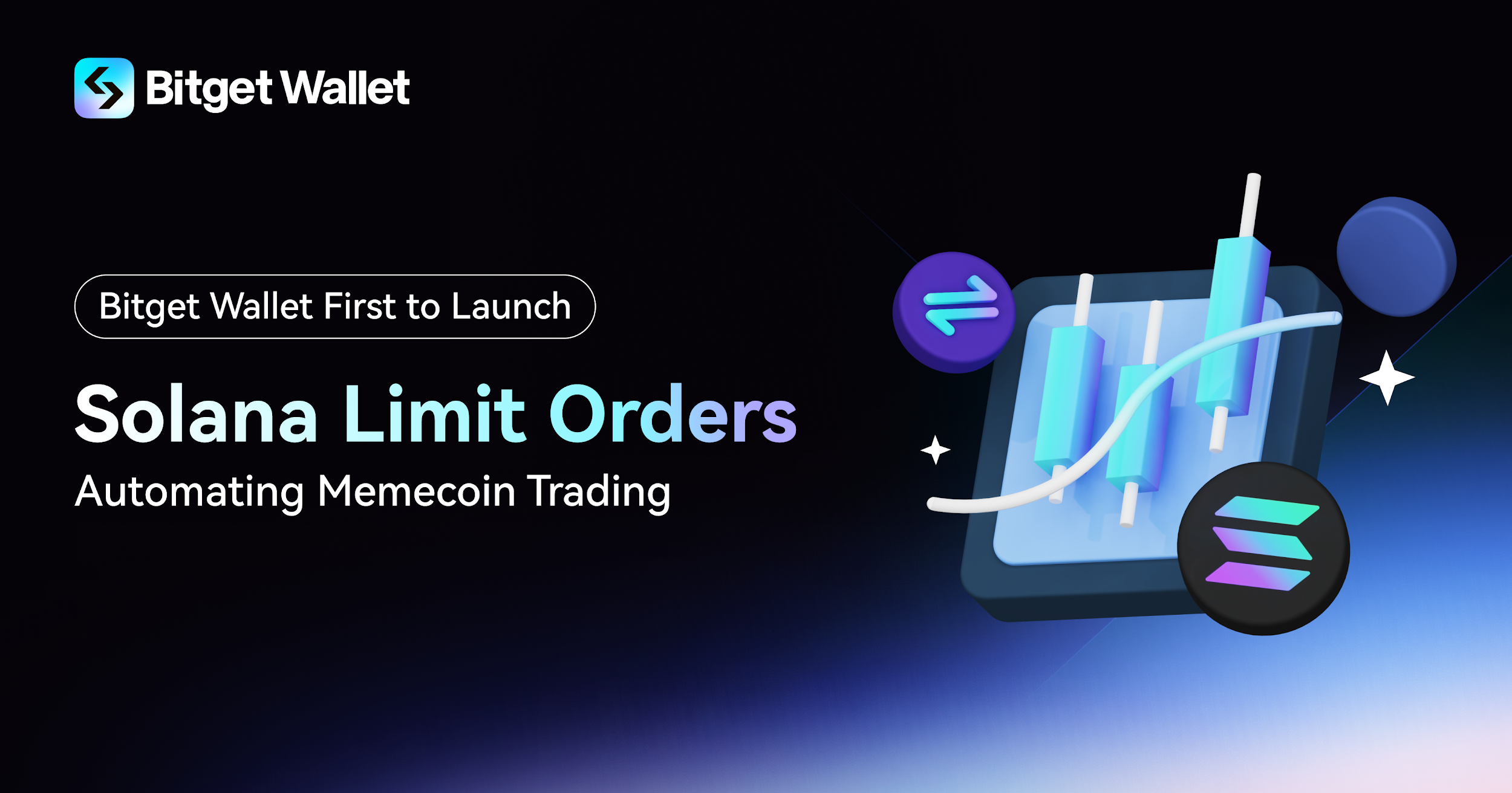
Stop-Loss Orders: Protecting Your Trades
A stop-loss order is an order designed to limit potential losses by automatically selling an asset when it drops to a specified price. This is a critical tool for risk management, especially in volatile markets like cryptocurrency.
Example: Placing a Stop-Loss Order
Suppose you bought Bitcoin at $40,000 and want to protect yourself in case the market drops. You decide to place a stop-loss order at $38,000 to limit your potential loss.
- Set Stop-Loss Order: You place a stop-loss order at $38,000 for the 0.5 BTC you purchased.
- Market Moves Against You: If the price of Bitcoin drops to $38,000, the stop-loss order automatically triggers a sale of your BTC at the best available price.
If Bitcoin falls to $37,500, for example, your BTC will be sold at that price, limiting your loss to $2,500 rather than $5,000. Stop-loss orders are an essential tool for managing downside risk.
Tip: Always use stop-loss orders to protect yourself from large, unexpected losses, particularly in volatile markets.
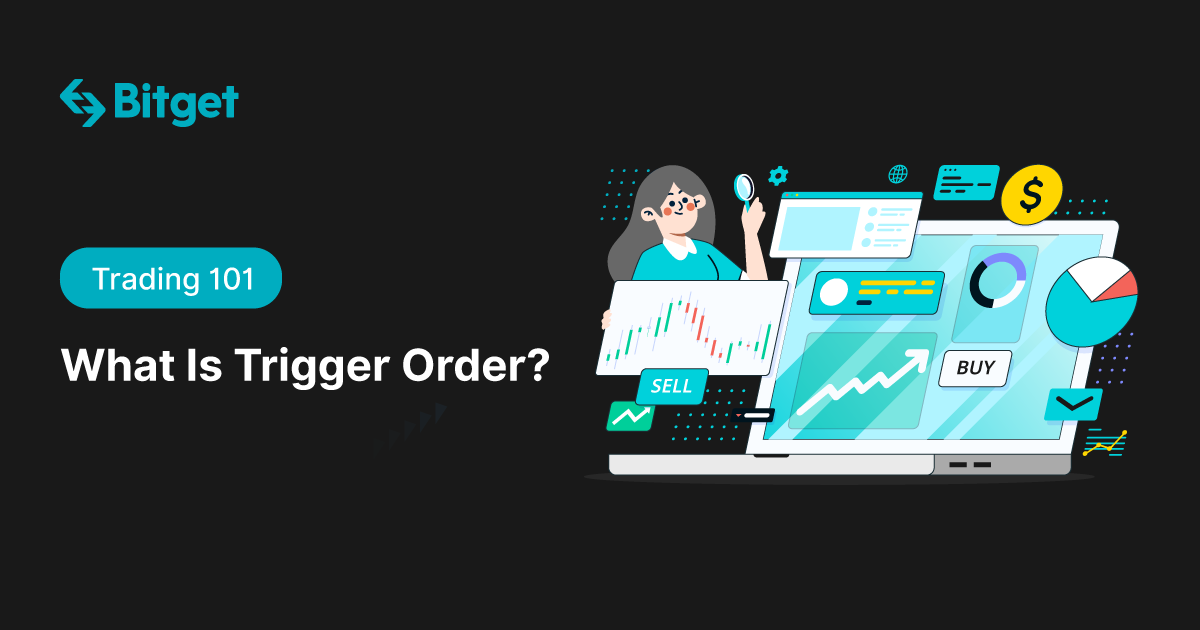
Trailing Stop Orders: Locking in Profits as the Market Moves
A trailing stop order is an advanced tool that allows you to set a stop-loss that moves with the market. As the price of your asset increases, the stop-loss price automatically adjusts in your favor, locking in profits as the market moves in your direction.
Example: Using a Trailing Stop Order
Let’s say you bought 0.5 BTC at $40,000, and now the price has risen to $42,000. You want to lock in some profit while allowing for further price movement, so you place a trailing stop order with a $500 trial.
- Set Trailing Stop Order: You set a trailing stop with a $500 trail.
- Price Increases: As the price rises to $42,000, the trailing stop order moves up to $41,500 (the market price minus the $500 trailing amount).
- Market Moves Against You: If the market reverses and falls to $41,500, the order is triggered, and your 0.5 BTC is sold at that price, locking in a $1,500 profit.
Trailing stop orders are particularly useful for traders looking to maximize profits during strong trends while limiting losses when the market reverses.
Take-Profit Orders: Automatically Securing Profits
A take-profit Bitget order is another automated order type that sells your cryptocurrency once it reaches a predetermined price, locking in profits.
Example: Setting a Take-Profit Order
Let’s say you bought 0.5 BTC at $40,000, and you want to sell once Bitcoin reaches $45,000.
- Set Take-Profit Order: You place a take-profit order at $45,000.
- Price Reaches Your Target: When Bitcoin hits $45,000, the order automatically executes, and your 0.5 BTC is sold at that price, securing a $2,500 profit (0.5 x ($45,000 – $40,000)).
Take-profit orders are ideal for traders who want to lock in profits at specific price levels without having to monitor the market constantly.
Bitget Transaction Fees: Understanding Costs
When placing Bitget orders, it’s important to understand the Bitget transaction fees associated with trading. Bitget offers competitive fees for spot and futures trading, which depend on your trading volume and account level.
- Spot Market Fees: Bitget typically charges 0.1% for taker fees and 0.05% for maker fees for regular users. VIP users can enjoy reduced fees based on their 30-day trading volume.
- Futures Fees: For futures trading, taker fees are usually 0.02%, and maker fees are 0.01%.
These fees are relatively low compared to other exchanges, and you can further reduce them by increasing your trading volume or becoming a VIP user.
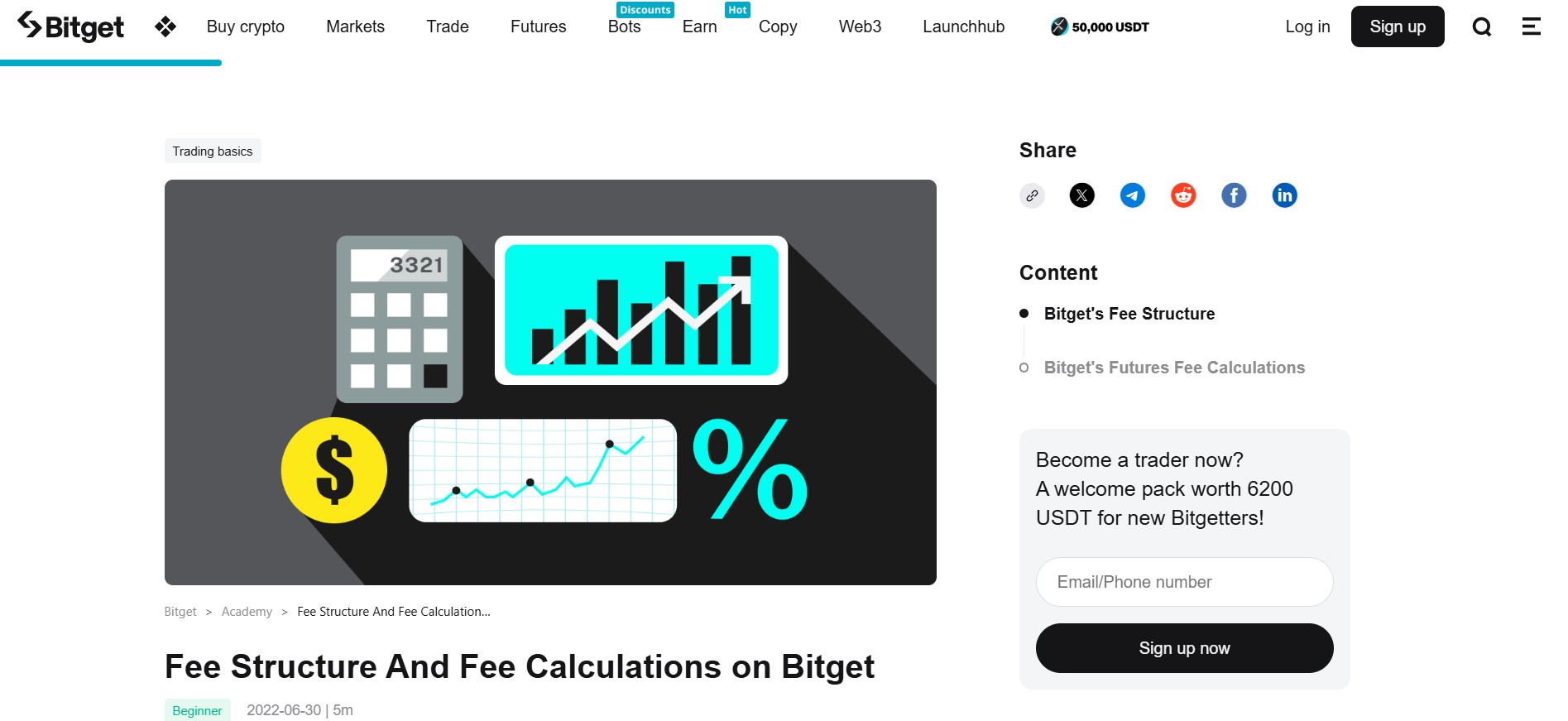
Advanced Risk Management with Bitget
For advanced traders, Bitget order features offer powerful risk management tools, such as trailing stop orders and stop-loss orders, which can be combined with your trading strategy to protect your capital.
By using these Bitget order tools effectively, you can mitigate risks and make informed decisions based on market movements. These tools are available in both spot trading and futures trading, offering flexibility to suit various trading styles. Whether you’re adjusting a Bitget order to lock in profits or prevent significant losses, these advanced features give you the control you need to navigate the crypto market confidently.
Bitget Transaction History: Tracking Your Trades
Tracking your trades is essential for evaluating your strategy and maintaining accurate records. With Bitget, you can easily access your Bitget order history through the transaction history feature. This lets you review past orders, executed trades, and any fees applied.
Whether it’s market orders, limit orders, or stop-loss orders, analyzing your Bitget order history helps optimize your trading approach. By tracking these details, you can refine your strategies, minimize fees, and make more informed decisions to improve your trading performance.
- Access Transaction History: You can easily access your transaction history on the Bitget platform. This can be done via the “Order History” tab in your account settings.
- Review Completed Trades: Review past trades to see if your entry and exit points align with your strategy.
- Analyze Fees: The transaction history will also show any fees associated with each trade, which can help you analyze your overall costs and make adjustments to your strategy.
Reviewing your Bitget transaction history can help you improve future trades, identify mistakes, and optimize your overall trading approach.
Conclusion: Mastering Bitget Orders for Successful Trading in 2025
Mastering Bitget orders is crucial to your success as a cryptocurrency trader. Whether you’re using market orders to buy or sell instantly, limit orders to target specific prices, or advanced tools like stop-loss, take-profit, and trailing stop orders, understanding how and when to use these orders will help you manage your trades like a pro.
By using these tools in combination with effective risk management strategies, you can navigate the crypto market with confidence in 2025. With Bitget Trading, you’ll be well-equipped to handle various market conditions and maximize your trading potential.



